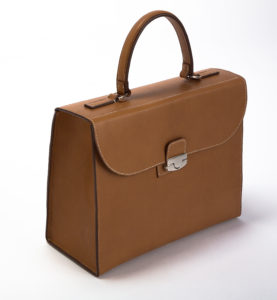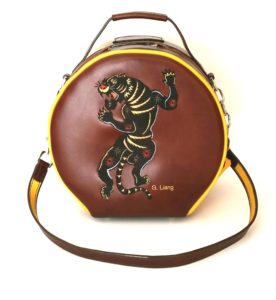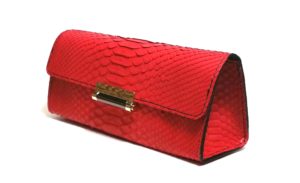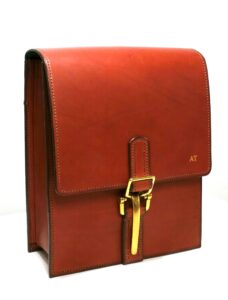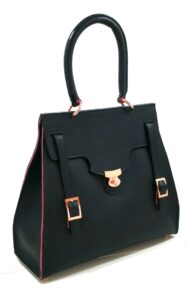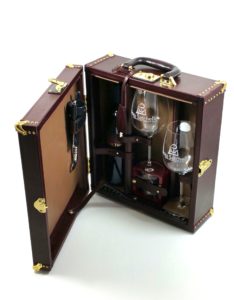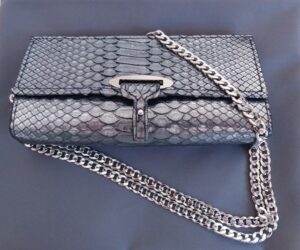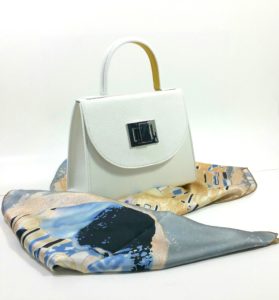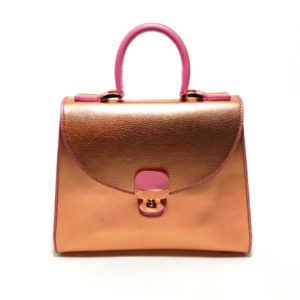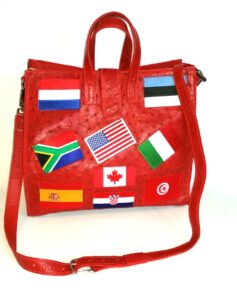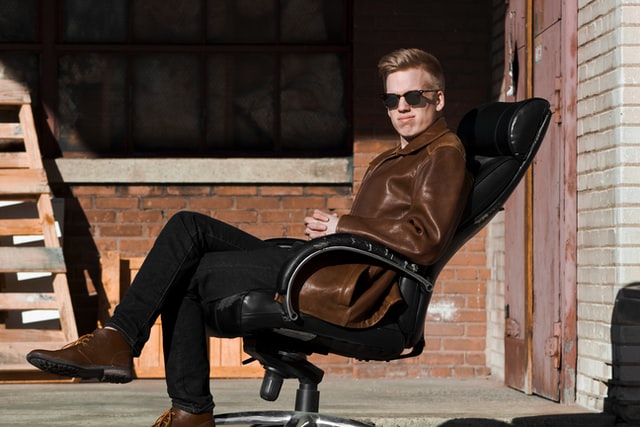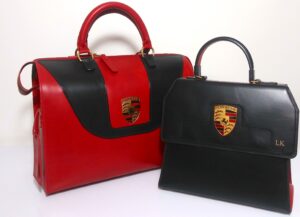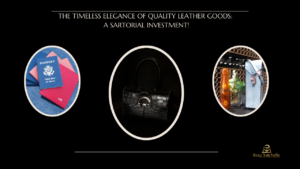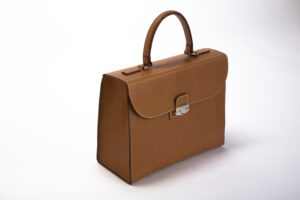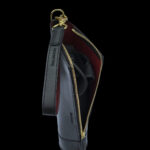During the early 80s, top designers became over the top cultural icons among teenagers and young adults who began to embrace all things fashion and in vogue. Disco had started to lose its 70s glory, yet high fashion designers’ names exploded onto the scene as designer jeans gained popularity in the subsequent decade. Designer jeans displaying the logos of Gitano, Calvin Klein, Bonjour, Sasson, Vanderbilt and Jordache became THE jeans to own and flaunt on the behinds of jeans buyers.
MTV made its sizzling debut and young people were captivated by the extremely cool videos of musical superstars like Michael and Madonna: both who had their own style with biker leather jackets.
Leather was also prevalent as rap and hip hop music, no longer an underground culture in urban youth, was introduced to the world. Young people flocked to dress in iconic colorful leather jackets such as La Gear, Puma, Converse Shoe, and of course Adidas. And, if you are of that era, do you remember the introduction of the Puffy down-filled leather jackets and Triple FAT Goose jackets? Good memories!
Among my peers, (note: decades before the current woke culture), there was one particular fashion that if you dare wore resulted in being unmercifully teased. Wearing pleather. Which implied not being able to afford a real leather jacket. Pleather poorly tried to resemble its pricier distant cousin, authentic leather, yet it left those undeniable clues: the over-the-top shininess, the synthetic texture and the odor of unpleasant chemicals.

My times have changed…
Pleather’s Story
Pleather or Faux Leather was introduced in the early 20th century. Invented in Germany in the 1920s as Vinyl consisting of a layer of PVC plastic (Polyvinyl Chloride). Around the late 1950s, PU (Polyurethane) replaced PVC as a layer of PU treated with a solvent for levels of flexibility. Keep in mind, unless a product is 100% synthetic, it still may contain animal products or byproducts – PVC and PU were created just to be cheap leather alternatives.
Pleather, now more commonly known as Faux Leather, has made a substantial impact in modern times, especially entering the 21st century. No longer seen for many in the fashion world as the poor leather substitute. Certainly, it has become an important fashion textile in its argument of reducing the carbon footprint by offering sustainable fashion alternatives. Some top designers argue that the material can be just as luxurious and not compromise on style.
Over the last few years, designers on Fashion Week runways have determined that a mix of real and faux is a better compromise. Using faux leather for larger apparel such as jackets and trousers but staying with real leather for accessories.
One debate is focused on the claim that faux leather manufacturers make regarding longevity and durability. Opposing arguments state the lifespan of faux leather products (especially furniture that has constant daily wear) is much shorter, because it cracks and splits much easier and faster than real leather. Faux leather covered furniture is known for losing its elasticity and more prone to tears and punctures.
Another heated argument deals with which leather category is more sustainable and safer for the environment. It is agreed that faux leather made from PVC releases toxic chemicals during its production phase as well as taking years to degrade in waterways or a landfills while still slowly releasing toxic chemicals into the environment.
PU also has a production process of chemicals, however but can be recycled.
It is also interesting to watch a third very young, but emerging category to the ‘leather’ space; products innovatively made from 100% vegan from materials such as recycled coffee beans/plants, fruit leaves, stem and pulp, stone, cork, recycled rubber and wood as new artisans look for more sustainable alternatives.
Yet even vegan leather may incorporate plastics which still again can take years to biodegrade. It is certainly not as simple as deciding to publicize that a company is purely sustainable without tracing their entire chain supply process.
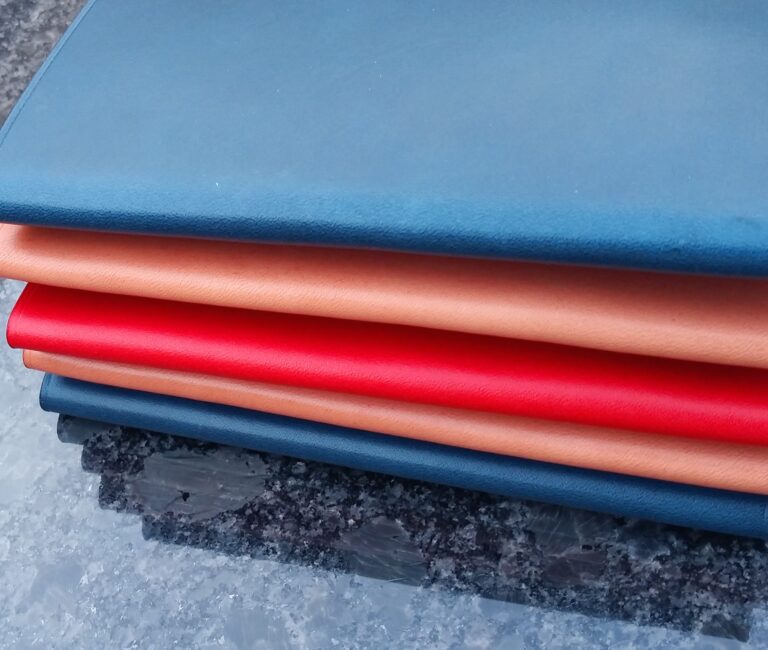
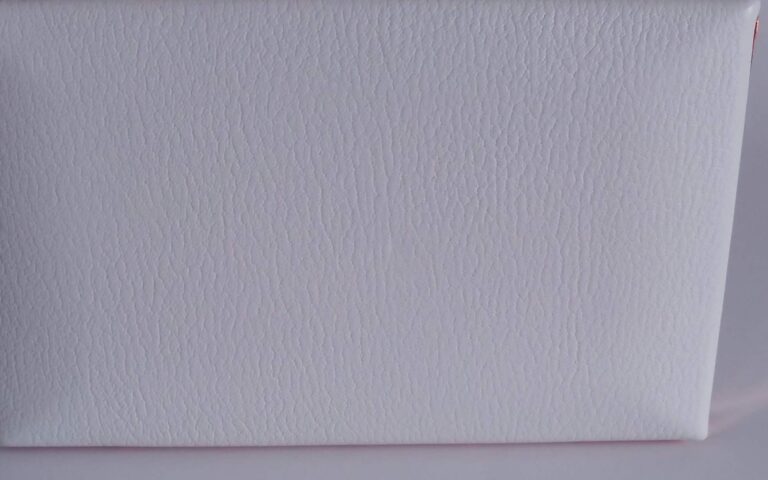
And what about animal leather? Real leather product lifespan is much longer and with care, will aged better with time. Beau Satchelle remains steadfast in creating unique products one at a time to limit wastefulness while building exceptional accessories that will last for generations.
We certainly can’t ignore the ethical considerations for those who argue about animals dying purely for consumerism needs, we along with many smaller leather artisans, are committed to purchasing hides from leather distributors who source from tanneries who sell the hides as by-products or reclaim hides from the food industry. Beau Satchelle also pledges to buy from leather vendors that use mainly vegetable tanned leather which is biodegradable as opposed to chemical chrome tanning which is more harmful in the production process. I am more optimistic about the leather industry becoming more responsible towards the tanning process as a whole because of oversight organizations such as the Leather Working group, a non-profit that works with modern tanneries to lessen their effect on the environment.

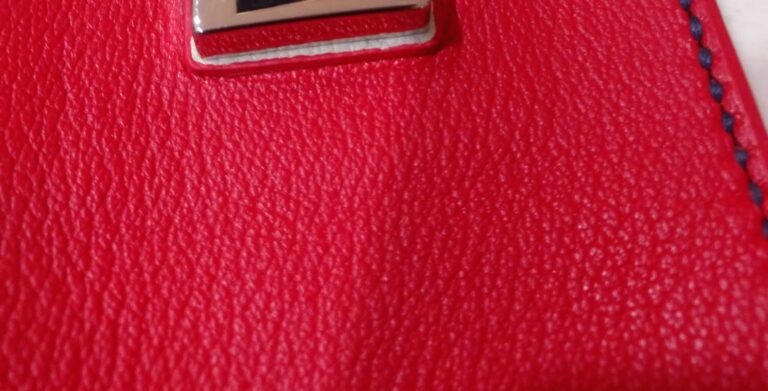
Comparisons
Price Tag – The most obvious difference is price. Real leather will be more expensive.
Manufacturer’s Label or Certification – Pleather or faux leather will indicate man-made material. If it’s real, the designer or manufacturer’s label or certification will state, ‘100% genuine or premium leather, or top/full grain leather’ and of course made with animal by-products. Leather artisans display this as both a benefit and a feature.
Smell – Although, synthetic leather has made leaps and bounds in manufacturing a richer textile than when it was first introduced decades ago, smell is the main giveaway. Real leather has a type of sensual and rustic scent, which by the way doesn’t come from the natural hides of the animal, but from the tanning process that gives the leather its unique smell.
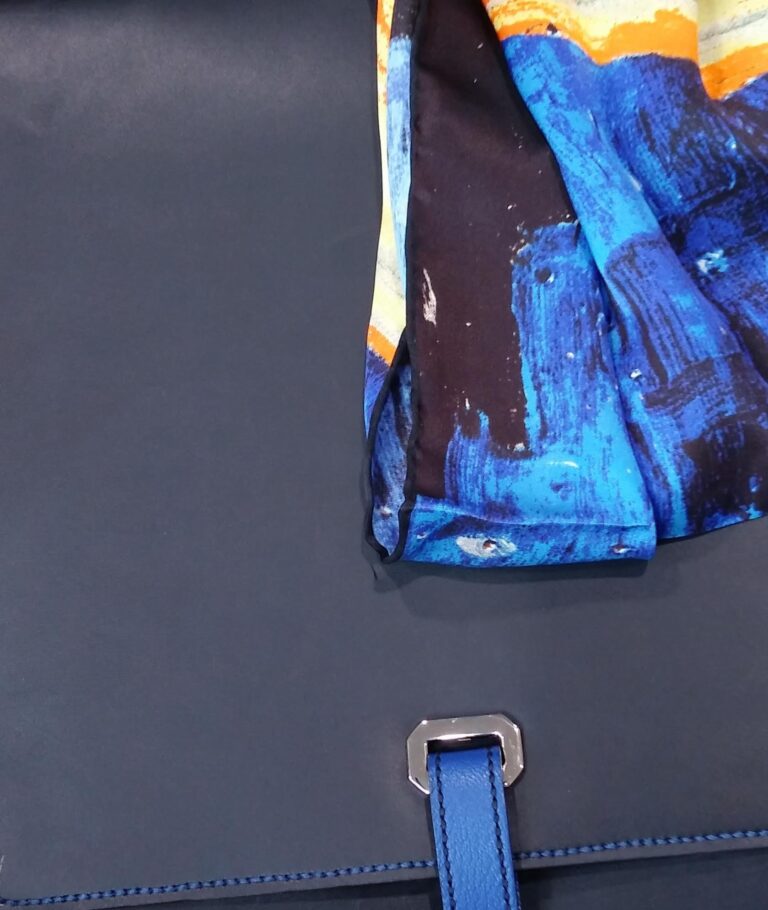
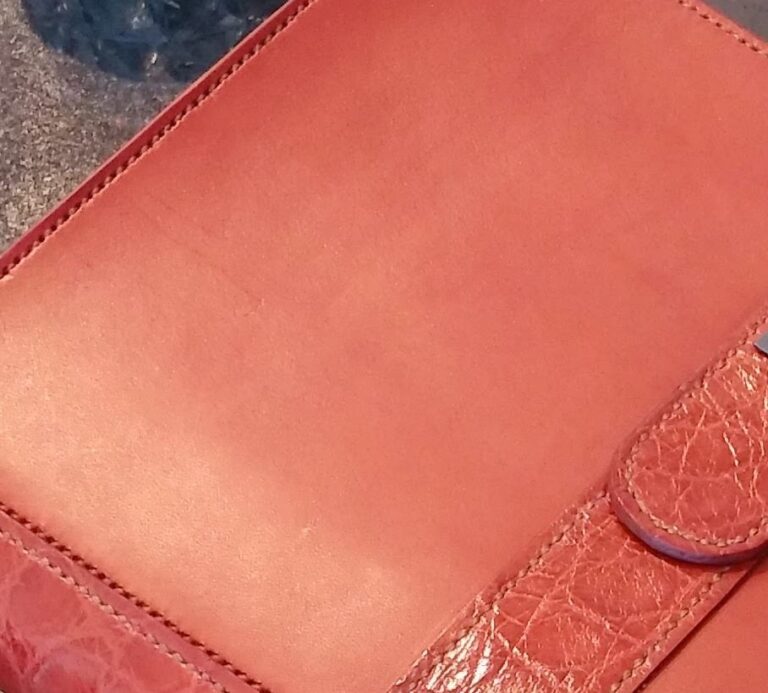
Faux leather has an undeniable chemical odor described as somewhat fishy.
One tried and true method in identifying real vs. faux is in burning the leather: real leather smells like burned hair compared to synthetic leather which will smell like burned plastic.
Texture – Natural leather has warmth, feels soft and flexible. It can range from somewhat smooth with indentions and wrinkles (cowhide) to the middle of the spectrum of a bumpy surface (ostrich leather) to even a rock hard pebbly texture (stingray). Unlike faux leather that feels rigid, super smooth and cool to the touch.
Appearance – Real leather will have natural rough edges, displayed on products of leather craftspeople that prefer exposed, raw leather. However, high end leather artisans (Beau Satchelle for example) rather their products’ edges be painted and burnished until smooth and seamless.
In some handbags, the interior will be kept natural or not lined. An owner of this type of bag will be able to see and feel a difference in the backside of the leather which may be coarser in texture or even present fuzz.
As real leather is made of skin, the pores will present unevenly and a consumer will be able to spot imperfections and natural characteristics in the leather.

Synthetic leather products have very smooth uniformity with the edges, interior and exterior. The leather texture will be perfect and consistent.
The shine on faux leather can be such a turnoff that there are suggested methods in removing the shine (resulting from waxing and polishing) to produce an aged look. To get an aged effect, an owner of a faux leather article could use abrasive cleaning wipes, or rubbing alcohol or nail polish remover with sandpaper.
I would argue that premium leathers are superior just in terms of durability. With proper care, a high quality leather accessory will last a lifetime. Even with the inevitable scratches, a good conditioner and wax can bring a leather accessory back to beauty. Also premium leather accessories have longevity as a benefit; investing in one quality piece as opposed to several similar vegan accessories with shorter life spans.

Although Beau Satchel Bespoke works only with premium leathers, we certainly give a respectful nod to the versatility of faux leather and its’ unstoppable impact on the leather industry as a whole. We remain hopeful that both sides can co-exist while finding best practices for the betterment of our planet. -AJ
Please share your thoughts in the comment section below or on Twitter!
Hat Tip to the following source material
Harpers Bazaar – Is Vegan Leather worse for the Environment Than Real Leather?
Thank you to the following photographers
Jake Parkinson – Cherry Vegan Boots
Prananta Haroun – Faux Leather Jacket
Joseph Greve – Male surrounded in Leather
SHARE POST
Customer Favorites
